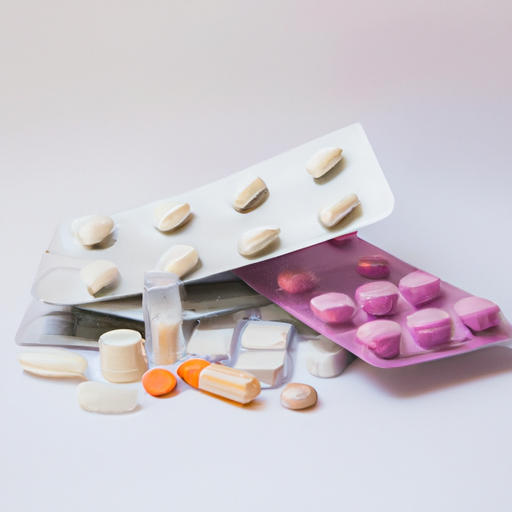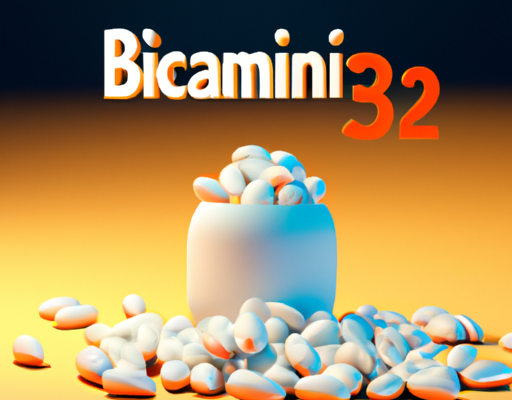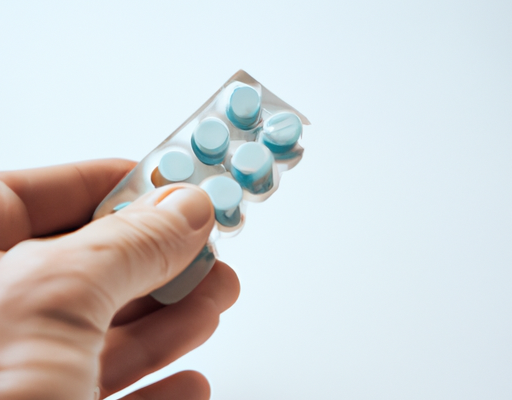Causes
Atopic Dermatitis and Seborrheic Dermatitis are two different skin conditions that, although similar, have some distinct differences. Atopic Dermatitis is an inflammatory skin condition that is often caused by an allergic reaction to something in the environment, such as dust mites or pet dander. Seborrheic Dermatitis, on the other hand, is a common skin condition that is caused by an overgrowth of a naturally occurring yeast that is found on the skin. It is believed to be triggered by factors such as hormonal changes, stress, climate, or medications. Both of these conditions can cause symptoms such as red, flaky, itchy skin, but they require different treatments in order to effectively manage them.
Atopic Dermatitis
Atopic dermatitis is a chronic skin condition that can be both irritating and uncomfortable. It is characterized by red, itchy, inflamed skin that can become scaly, dry and cracked. It is often found on the arms, legs, and face, but can appear anywhere on the body.
- Redness and itchiness
- Dryness and cracking
- Inflamed skin and scaly patches
- Intermittent flare-ups
Atopic dermatitis is caused by an overactive immune system response, genetic factors, and environmental triggers such as soaps, detergents, and pet dander. Treatment often includes avoidance of known triggers, applying moisturizers and topical steroids to reduce inflammation, and, in severe cases, systemic medications and phototherapy. With timely diagnosis and proper treatment, atopic dermatitis can be well-managed.
Seborrheic
Seborrheic dermatitis, commonly referred to as ‘dandruff’, is a common skin condition that is often mistaken for eczema. It manifests as scaly, flaky, itchy patches on the scalp and face, often characterized by red skin and yellowish-white flakes. It can also affect other parts of the body, such as the chest and back, where it often causes a red rash. While it is not a serious condition, it can be uncomfortable and embarrassing if left untreated. Fortunately, seborrheic dermatitis is a common condition that can usually be managed and treated with the right skin care products, lifestyle changes, and medical treatments.
Symptoms
Atopic dermatitis and seborrheic dermatitis are two conditions that can affect the skin. They may cause similar symptoms, such as redness and itching, but they are caused by very different things. Atopic dermatitis is a type of eczema that is an allergic reaction to certain triggers. It may be due to an irritant, such as certain fabrics or products, or an allergen, such as pollen or animal dander. Seborrheic dermatitis is caused by a type of yeast that naturally lives on the skin. Symptoms of both atopic dermatitis and seborrheic dermatitis may include red, itchy skin and flaky patches, but atopic dermatitis may also cause thickened skin and small bumps. Treatment for both conditions typically involves the use of topical medications, moisturizers, and light therapy.
Atopic Dermatitis
Atopic dermatitis, also known as eczema, is a common skin condition that affects millions of people around the world. It is a chronic, inflammatory skin disorder characterized by red, itchy, and scaly skin. It often begins in childhood and can persist into adulthood. The exact cause of atopic dermatitis is unknown, but it is believed to be related to genetics, environmental factors, and immune system irregularities. Symptoms include dry skin, redness, itching, and flaking. Treatment for atopic dermatitis typically involves avoiding potential irritants, using moisturizers, taking anti-inflammatory medications, and using topical steroids. While there is no cure, many people are able to manage their symptoms with proper treatment.
Seborrheic
Seborrheic dermatitis is a skin condition that is typically characterized by red, scaly, greasy patches on the scalp, face, and other parts of the body. It is also known as dandruff when it affects the scalp. This skin condition can be caused by a number of factors, such as a weakened immune system, a virus, or an allergy. Treatment of seborrheic dermatitis usually involves over-the-counter medications such as shampoos, ointments, and creams. These medications help to remove the scaly patches and reduce inflammation. In more severe cases, prescription medications may be necessary to effectively manage the condition. Seborrheic dermatitis is often a chronic condition that can be managed with proper treatment and good skin care practices.
Treatment
Atopic dermatitis and seborrheic dermatitis are two common skin conditions that can cause redness, itching, flaking and irritation. Although both of these conditions have similar symptoms, they are caused by different things, and treatment approaches will depend on which condition you have. Here is an overview of the treatments that may be recommended for each condition:
- Atopic Dermatitis – Treatment for this condition can include keeping the skin moisturized, avoiding triggers like extreme temperatures or rough fabrics, and avoiding anything that causes an allergic reaction. Medications such as topical steroids, calcineurin inhibitors, topical calcineurin inhibitors, antihistamines, and antiseborrheic agents may be prescribed.
- Seborrheic Dermatitis – Treatment for this condition includes using an over-the-counter antifungal cream, avoiding triggers such as stress, using a gentle moisturizer, and using a medicated shampoo. Prescription medications may also be used, such as corticosteroids, antifungal creams, and anti-inflammatory medications.
Atopic Dermatitis
Atopic dermatitis, also known as eczema, is a chronic inflammatory skin condition that mainly occurs in children, although adults can be affected as well. It is characterized by dry, itchy, scaly patches that can become red and inflamed. The causes of atopic dermatitis are not fully understood, however, it is often triggered by environmental allergens, such as dust mites or pet dander. It can also be aggravated by contact with certain fabrics, soaps, detergents, and even stress. Treatment typically involves the use of topical medications, such as steroid creams, as well as lifestyle changes, such as avoiding triggers and maintaining good skin care practices. With proper management and treatment, atopic dermatitis can be effectively controlled.
Seborrheic
Seborrheic dermatitis is a common skin condition that mostly affects areas of the body with a lot of oil-producing glands (e.g. scalp, eyebrows, eyelids, chest and groin). Symptoms are the appearance of red, scaly, and itchy patches. A yeast known as malassezia is responsible for the condition, and it is believed to be linked to overactive oil production, allergies, stress, hormones, and weak immune system. Treatment typically involves anti-fungal creams and medications, and simple lifestyle changes such as avoiding triggers, and keeping the skin clean and moisturized. Seborrheic dermatitis isn’t dangerous, but can be uncomfortable and can lead to more serious skin problems if left untreated. Therefore, it is important to talk to a doctor or dermatologist to get the right diagnosis and care to manage the condition.
Conclusion
Atopic dermatitis and seborrheic dermatitis are two skin diseases that share many common symptoms and can look very similar. While they are both very uncomfortable, they can be treated with topical medications and lifestyle changes. Ultimately, the best way to determine the correct diagnosis is to consult a dermatologist, who can evaluate the symptoms and make a diagnosis. With the right diagnosis and treatment plan, the irritating symptoms of both atopic dermatitis and seborrheic dermatitis can be managed and the patient can have relief from discomfort.





No Comments